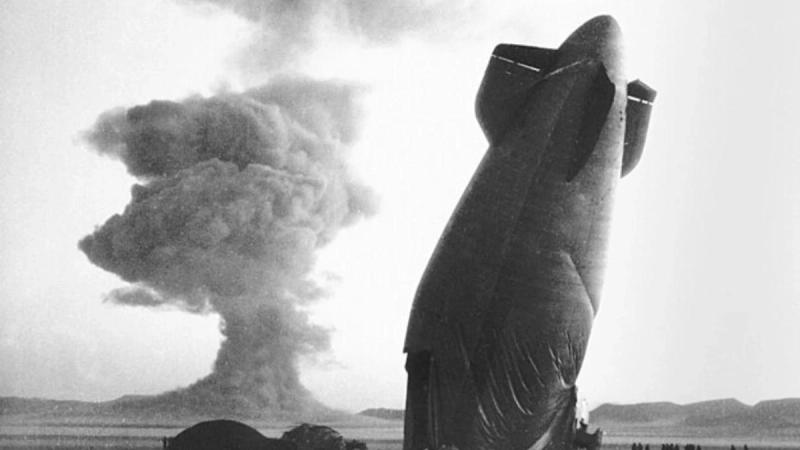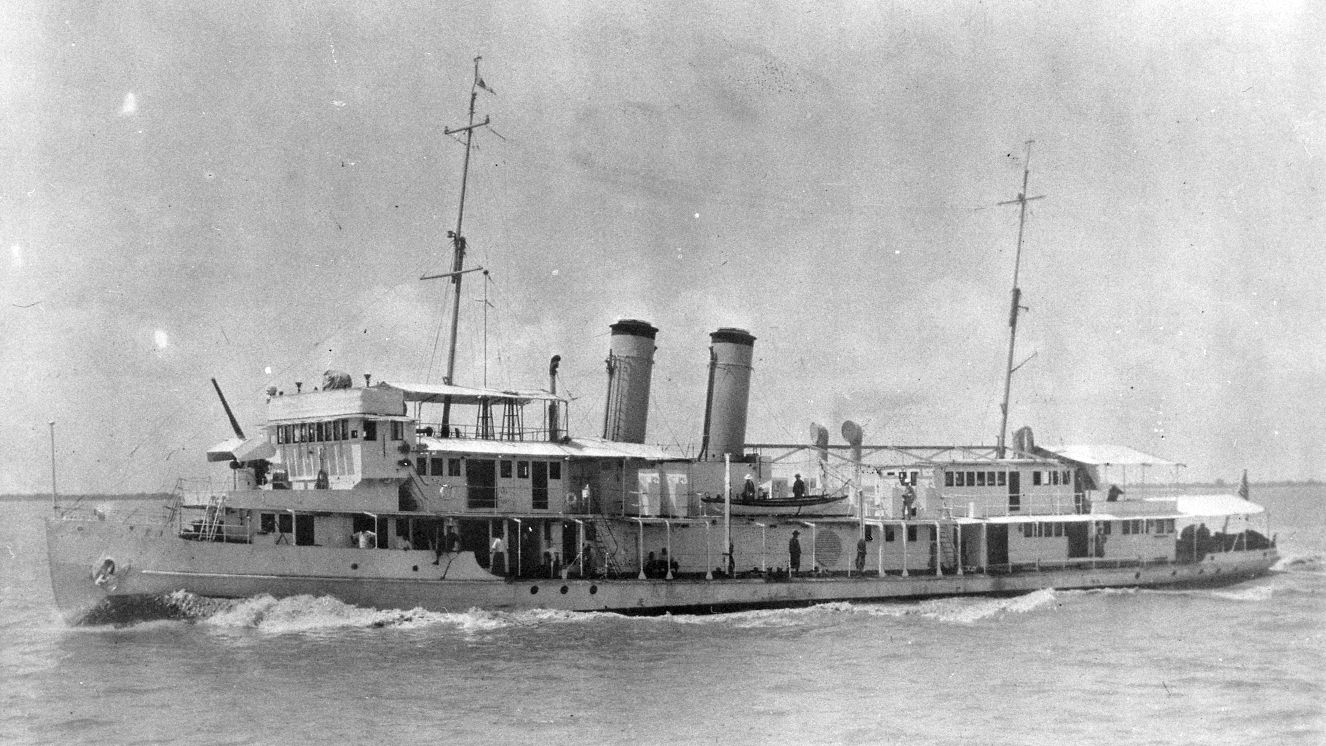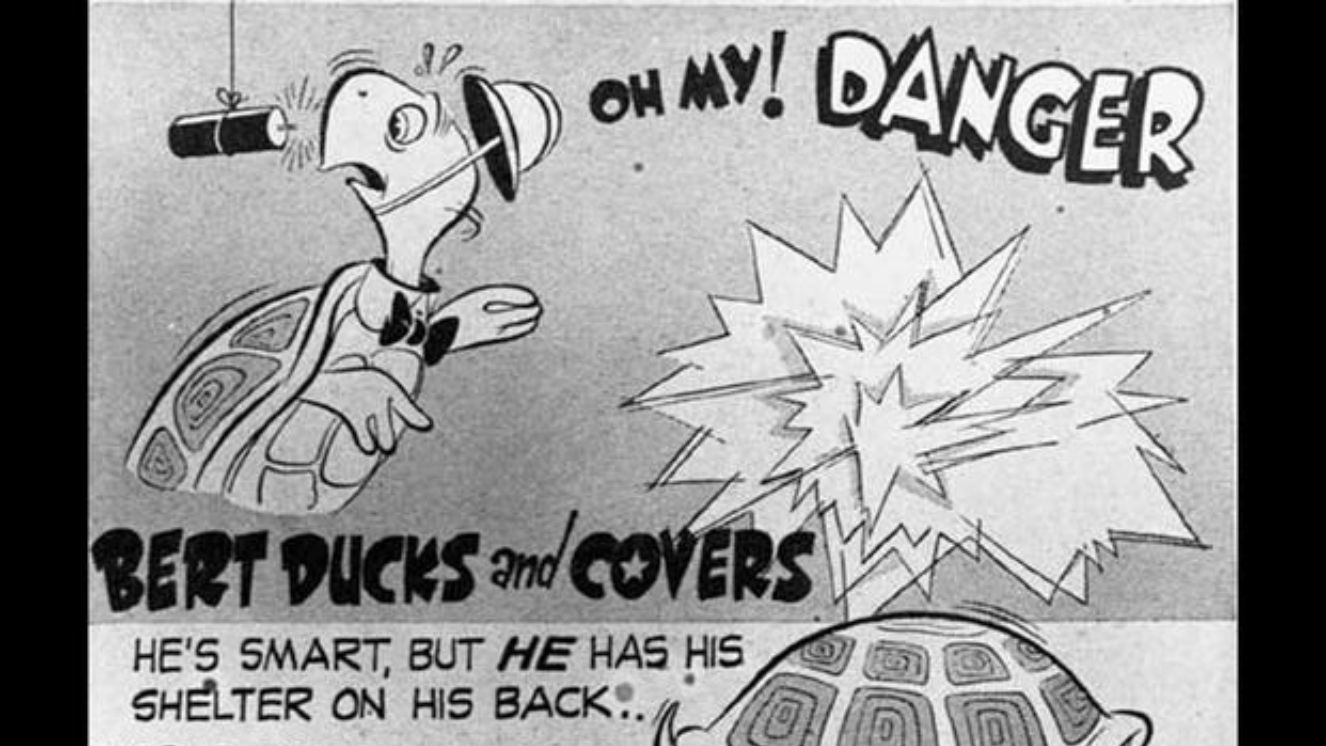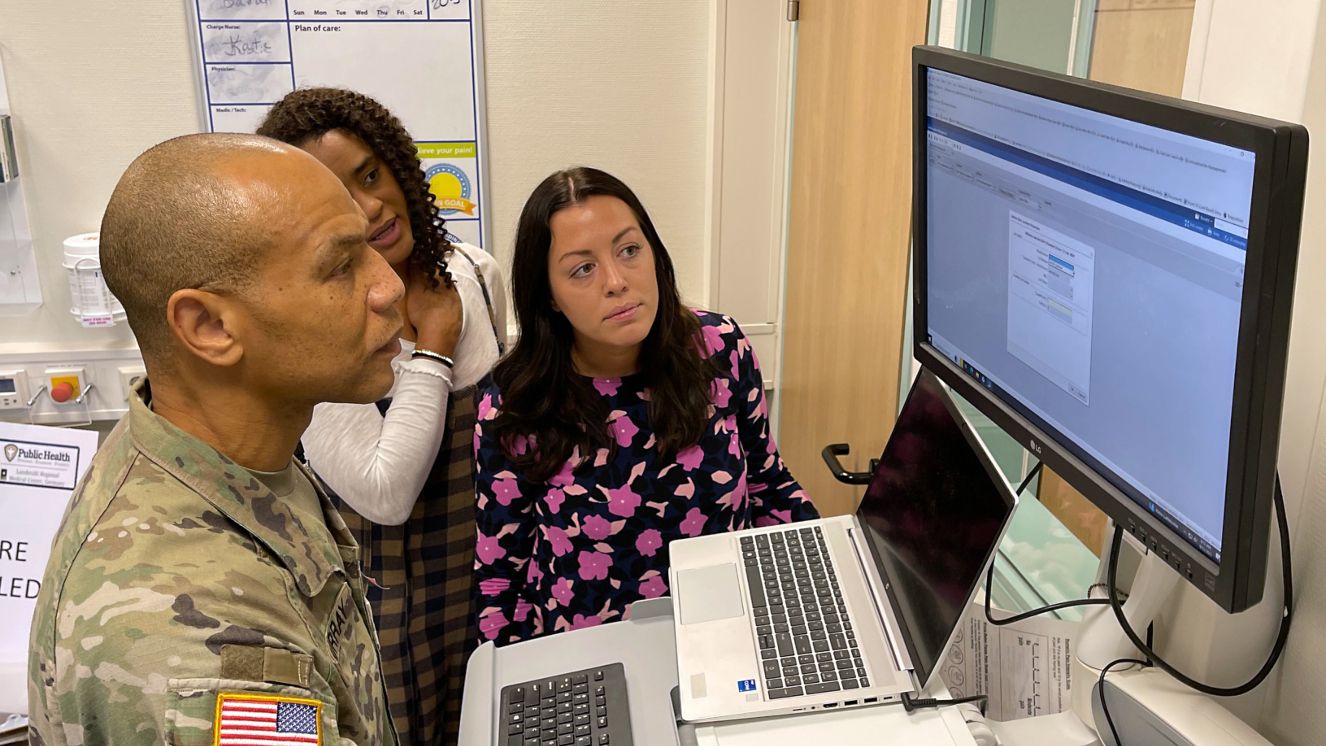NEVADA TEST SITE'S ROLE IN U.S. NUCLEAR POLICY AND CULTURE

World War II would set the stage for many conflicts, some of which, we’re still seeing unfold today. Although the world would know peace, tensions would rise, new geopolitical issues would come to the limelight, and the creation of nuclear weapons was at the center of a lot of these new issues to navigate. The Nevada Test Site (NTS) would come to be one of the most important proving grounds for the United States sparking a wave of research, cultural impact, and controversies that are still relevant today.
Nevada Test Site: Historical Development and Key Events
The Nevada Test Site is now known as the Nevada National Security Site (NNSS or N2S2) and came to be in 1951, once the United States found the right land for testing nuclear weapons.
Located in the southern portion of the Silver State, NTS is a 1,355 square mile area found 65 miles northwest of Las Vegas stretching across the Mojave and Great Basin deserts.
Interestingly enough, while it may seem that the rugged terrain is nothing more than that, the area is known for its diverse desert and mountainous ecosystems offering each distinct, incredible flora and wildlife.
The Nevada nuclear test site was selected because it was close to the Las Vegas Bombing and Gunnery Range (Nevada Test and Training Range (NTTR)), offered a secure location, and had a lot of room to make large explosions.
Both atmospheric and underground nuclear tests took place at the NTS, which throughout its history has been home to a variety of programs involving national defense, the environment, and energy.
Currently, the hundreds of miles of roads and 1,100 structures are managed by the part of the U.S. Department of Energy's (DOE) National Nuclear Security Administration (NNSA).

Nuclear Testing and the Comprehensive Test Ban Treaty
What we know about nuclear weapons would not be possible without the experiments conducted at the NTS.
In total, the Nuclear Test Site would conduct 928 tests with 828 being underground between 1951 and 1992.
The first test series was Operation Ranger, which used B-50D bombers to drop the bombs over Frenchman Flat.
By doing so, NTS was hoping to create the next generation of nuclear weapons that would require less material.
The final series took place between 1991 and 1992, known as Operation Julin, which was seven different tests with the Divider test on September 23, 1992, marking the end of nuclear testing at NTS.
Three other tests were planned but would never come to fruition and the introduction of the Comprehensive Test Ban Treaty (CTBT) would see a notable shift internationally.
Although still technically not in force because several key nations have yet to sign the CTBT, the United Nations has used its framework to ban nuclear explosions, and since 1996, nations have been agreeing to its guidelines even if it's still not an official policy.
Nevada Test Site: Impact on U.S. Popular Culture
While the Nevada atomic test site would change over time, during its peak, the facility had a big influence on popular culture—some of which is still prevalent today.
Everything from the themes found in music, movies, art, marketing, and more were affected by NTS and the nuclear weapons the facility was helping bring to life.

Nuketown
A modern example of the Nevada Test Site influencing pop culture can be found on the popular Nuketown map that is a part of the Call of Duty video game series.
First released on Call of Duty: Black Ops in November 2010, Nuketown has become a beloved multiplayer map found on various installments, including Call of Duty Online, and Call of Duty: Mobile, and was remastered for Call of Duty: Black Ops 6 in November 2024.
Known for its fast-paced gameplay, Nuketown is a small map based on suburbia in the 1950s and looks like many of the homes found throughout the Nevada Test Site which were used to examine the effects of nuclear blasts on American residences.
Once a round of Nuketown is over, the score is shown like other maps; however, win or lose, a nuclear bomb goes off destroying everything in its path.
Various faux neighborhoods were created to test nuclear blasts on buildings, the most famous of them all would be Doom Town, destroyed by Annie, a 16-kiloton nuclear blast, on national television on March 17, 1953.
Touring the Nevada Test Site: Visitor Information
If you want to visit the NTS, you can; however, you need to plan well in advance:
- Planning a trip to the Nevada National Security Site means getting a reservation as it’s on a first-come, first-served basis.
- There are two or three public tours per month and you can go if you are 14 years of age or older.
- However, considering there is soil contaminated from radioactive material, it takes several hours to go through, and tough terrain all around, if you’re pregnant, the tour discourages you from going.
From advancing nuclear weapons to inspiring pop culture and even influencing how troops train for modern warfare, the Nevada Test Site is an important part of our nation’s Cold War history, present nuclear guidelines, and the future of national defense.
Suggested reads:
BY BUDDY BLOUIN
Buddy Blouin is a Contributing Writer at VeteranLife.com
Buddy Blouin is a Contributing Writer at VeteranLife.com



